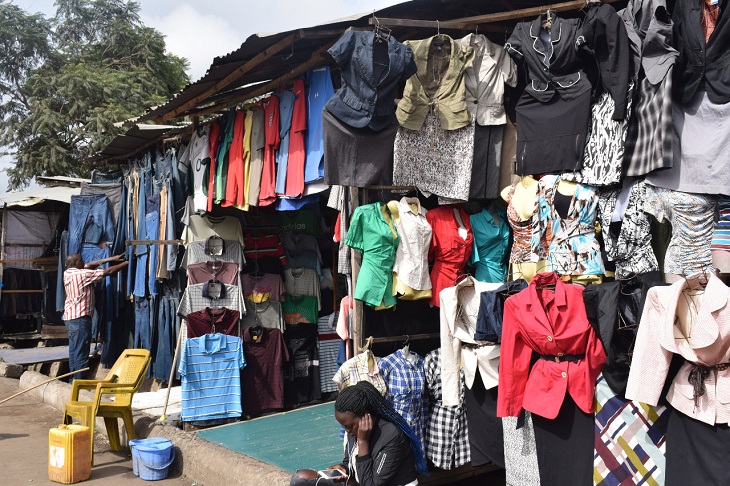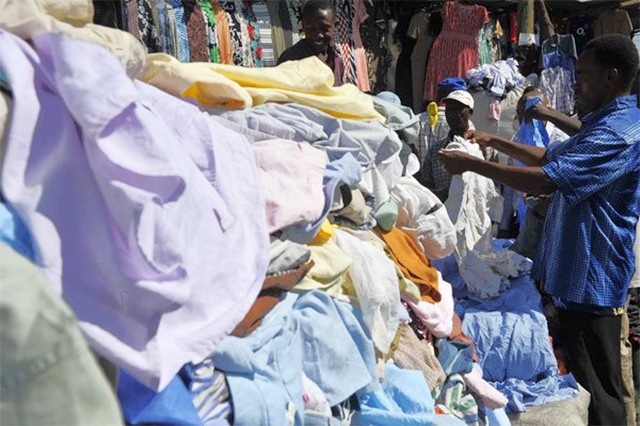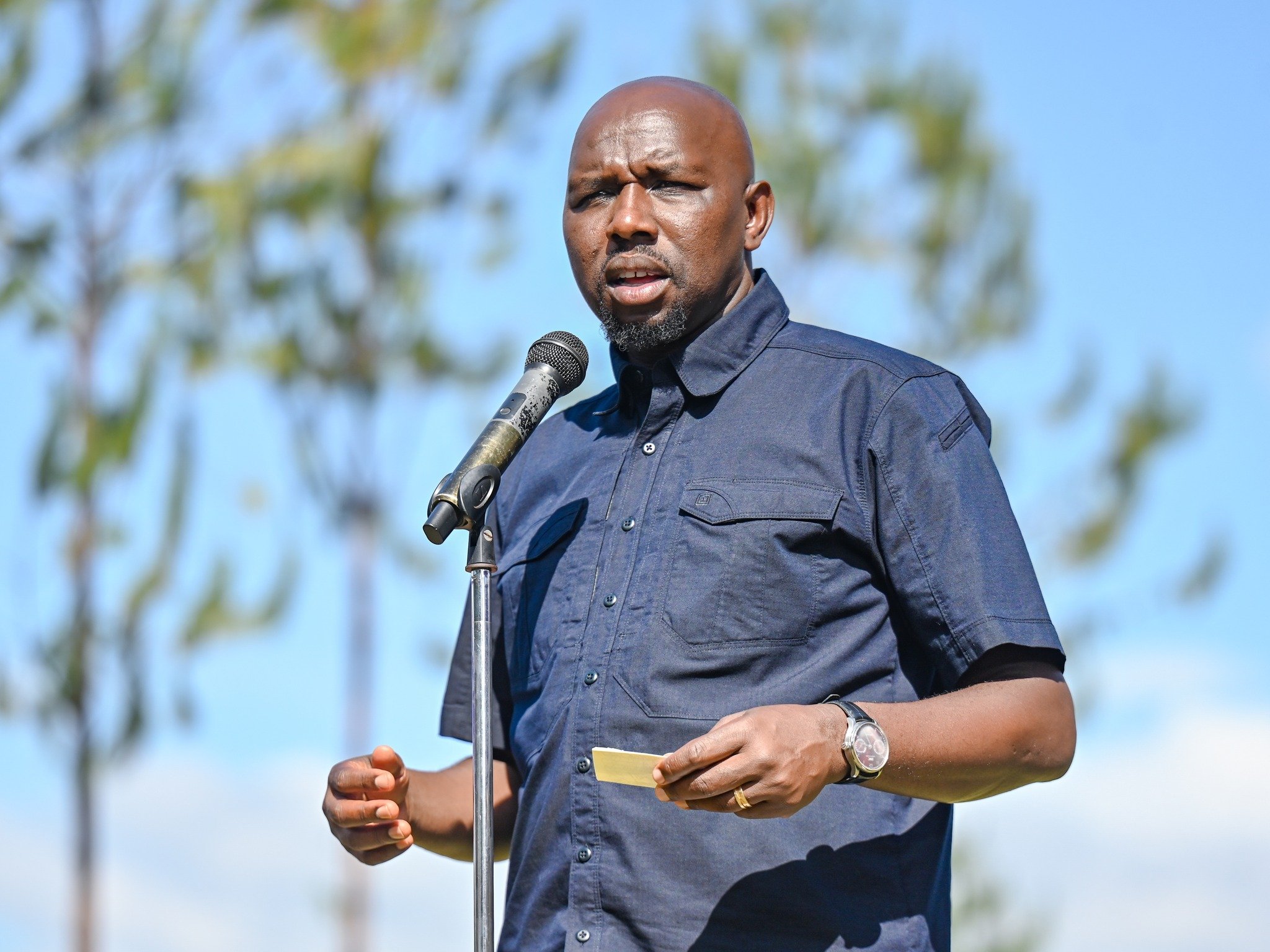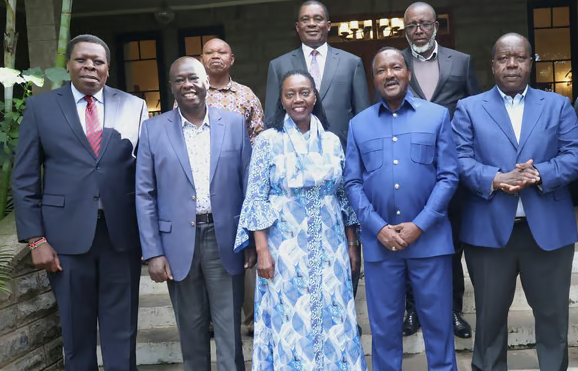You may have purchased a spanking new pair of trousers, or a top, or shoes. You need it, they have it for you. That is the mantra in the second-hand clothing market. Something for everyone, affordably.
The growth of the second-hand clothing market in the country is bound to continue, a new report by the Institute of Economic Affairs has found out.
The three-month survey on the Mitumba Clothing Sector also found out that Kenyan households still spend money to purchase new apparel and that the manufacturing of new apparel has not been affected by mitumba.
The report found out that supply and demand for new purchases from the textile industry differ from those of used clothes.
“There is a significant difference in prices between the two products, with used clothes being considered to be cheaper. Given the second-hand clothes, industry and formal textile industry are separate markets, players in those markets do not necessarily compete with each other,” the report reads in part.
Read More
Analysis at the household level shows the majority of Kenyan households buy new clothes when required. These include items such as school uniforms and outfits that are a requirement for some workplaces.
The survey further found out that 91.5% of households buy second-hand clothes worth Ksh 1,000 and below, while only 8.5% of shoppers buy second-hand clothes at more than Ksh1,000.
The survey further finds that 74.5% of all households bought new clothes that were priced below Ksh 1000, while 25.5% bought new clothes priced above Ksh 1000. This confirms the price sensitivity of shoppers when purchasing clothing.
The typical income earner in Kenya spends about 40% of monthly earnings to procure food alone. The rest of the available income is spent on shelter, transportation, education, health, and other needs. 2.5% of private consumption in Kenya was spent on clothing and footwear for the year 2019.
This spending amounts to Ksh 197.5 billion which comes to an average of Ksh 4,150 per person per year for all purchases of second-hand garments, new clothes and footwear. Compared to the rest of the middle-income countries, Kenyan consumers spend much less on clothes and footwear.

The 36-page report also found out that imports of second-hand clothes constitute about 1% of all imports’ monetary value while it accounts for 2.5% of all private spending.
At the same time, 67.8% of Kenyan households in urban areas spent Ksh 1,000 and below, while the corresponding figure for rural dwellers was 79.2%, proving that rural dwellers have lower incomes.
Mercy Gakii is a journalist with 15 years’ experience reporting economy, small businesses, SMEs, gender, and general human-interest stories.











